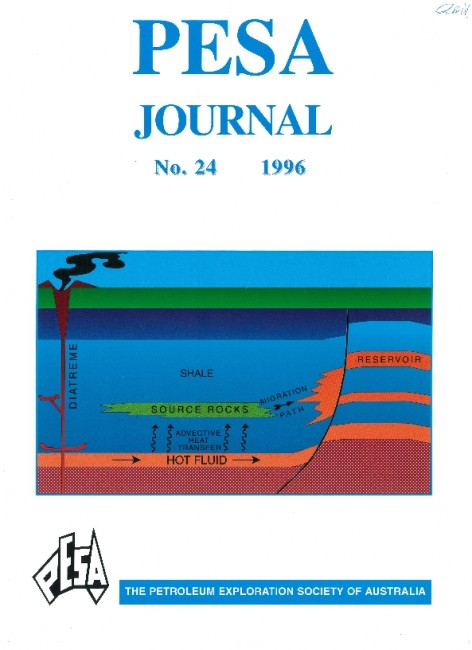Publication Name: PESA Journal No. 24
Authors: A. Crostella
Publication Volume: 24
Date Published: December 1996
Number of Pages: 21
Reference Type: Journal Article
Abstract:
The initial attractions of the North West Cape area were thelarge surface anticlines of the Rough, Cape and Giralia
Ranges. Thirty-six petroleum exploration and appraisal
wells were drilled in the area between 1953 and 1992. The
first well, Rough Range 1, discovered an oil accumulation
that subsequent appraisal wells proved to be small. No other
discoveries of economic significance have yet been made,
although less risky, but smaller targets remain to be tested.
To assess the remaining hydrocarbon potential of the North
West Cape, the paper draws analogies from discoveries in
the adjoining Barrow and Dampier Sub-basins.
Until the Middle Miocene, the North West Cape shared a
similar geologic history with the other inner areas of the
northern Carnarvon Basin to the north, where twenty seven
hydrocarbon fields have been discovered and more are
expected. Jurassic source rocks, Cretaceous reservoirs and
Miocene structures controlled by northeast trending strikeslip
faults are present within the entire inner northern
Carnarvon Basin. Vertical migration along faults active in
the Middle Miocene occurred throughout the region. The
large surface anticlines in the North West Cape area are
much more pronounced than folds of the same age in the
Barrow and Dampier Sub-basins. These anticlines are,
however, intersected by a large number of faults that have
been exposed to deep karstic weathering since mid-Miocene
times. The key reason for the lack of economic success in
the North West Cape is considered to be the poor sealing
potential of the traps tested to date. Targets offering minor
rewards but also less risks remain untested.


